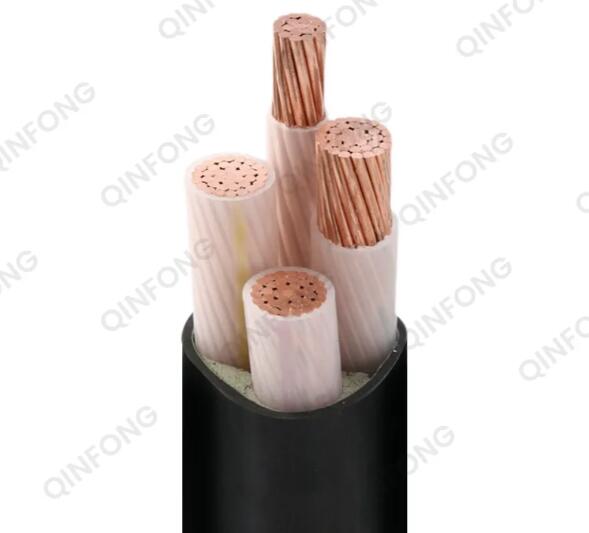Common Failure Types of Copper Cables
Copper cables are essential components in power transmission, communication, and various industrial applications. However, they are not immune to failures. Understanding the common failure types, troubleshooting methods, and preventive measures can help ensure their reliable operation. This article explores these aspects in detail.

Common Failure Types of Copper Cables
Copper Cable Short Circuit
A short circuit occurs when there is a low-impedance connection between two or more conductors of a cable. This unrestricted flow of current can lead to overheating, equipment damage, and even fire hazards. Short circuits are often caused by insulation failure, physical damage, or exposure to moisture.
Wire Breaks
Wire breaks refer to interruptions in the cable conductors, which prevent the proper flow of current. These breaks can result from aging, excessive force, or mechanical abrasion. Wire breaks can compromise the functionality of the entire cable system, leading to equipment downtime and inefficiencies.
Insulation Aging
Over time, the insulation materials in cables deteriorate due to factors like heat, oxidation, and electrical arcing. Insulation aging reduces voltage resistance and increases the risk of short circuits, leakage, and overall cable failure. This gradual degradation is a common challenge in long-term cable applications.
Faulty Joints
Cable joints are critical points where conductors are connected. Faulty joints can result in poor contact, disconnections, or short circuits. Such failures are often caused by poor-quality materials, improper installation, or lack of regular maintenance.
Copper Cable Troubleshooting Methods
Short-Circuit Treatment
When a short circuit is detected, the first step is to cut off the power supply to prevent further damage. The cause of the short circuit must be identified, and the fault point repaired or replaced. After repairs, an insulation test should be conducted to ensure the cable’s normal operation.
Disconnection Treatment
In cases of wire breaks or disconnections, power should be immediately cut off to isolate the affected cable. The fault point should be located, and necessary repairs or replacements made. Insulation and voltage resistance tests are essential to verify the cable’s functionality post-repair.
Insulation Aging Treatment
Cables with aging insulation require regular inspections and timely maintenance. If the insulation is severely degraded, the cable should be replaced to avoid safety hazards. Reducing the operating temperature of cables can also help prolong their service life.
Fault Handling of Joints
When a joint fault occurs, the power supply should be cut off, and the cause of the failure investigated. Faulty joints must be repaired or replaced, followed by insulation and voltage resistance tests to confirm proper functioning. Regular inspection and maintenance of cable joints can prevent such issues from recurring.
Suggestions for Preventing Cable Failures
Selecting Suitable Cables
Choosing the right cable type, specification, and quality is crucial for preventing failures. Improper cable selection often leads to overloads, short circuits, and other issues. Evaluate the application scenario carefully to ensure the chosen cable meets the required performance standards.
Enhance the Quality of Cable Installation
Proper cable installation is key to ensuring longevity and reliability. Attention should be given to the quality of joints, insulation, and cable fixing. Addressing these aspects during installation can significantly reduce the risk of faults.
Regular Testing and Maintenance
Scheduled testing and maintenance are vital for identifying potential issues before they escalate. Regular inspections of cable joints, insulation, and overall integrity help maintain the system’s reliability. Promptly addressing any detected faults ensures uninterrupted operation.
Reasonable Use and Protection of Cables
Proper handling and usage of cables play a significant role in their lifespan. Minimising working temperatures, avoiding mechanical damage, and protecting cables from corrosive environments are effective ways to reduce wear and tear.
Conclusion
Copper cables are integral to many critical systems, making their reliability a top priority. Understanding common failure types such as short circuits, wire breaks, insulation aging, and faulty joints enables effective troubleshooting and prevention. Regular maintenance, proper installation, and selecting the right cable specifications are key to minimising failures. For assistance in choosing high-quality copper cables or addressing cable-related concerns, contact us for expert guidance. As a trusted supplier, we are committed to providing reliable solutions tailored to your needs.
- 0



